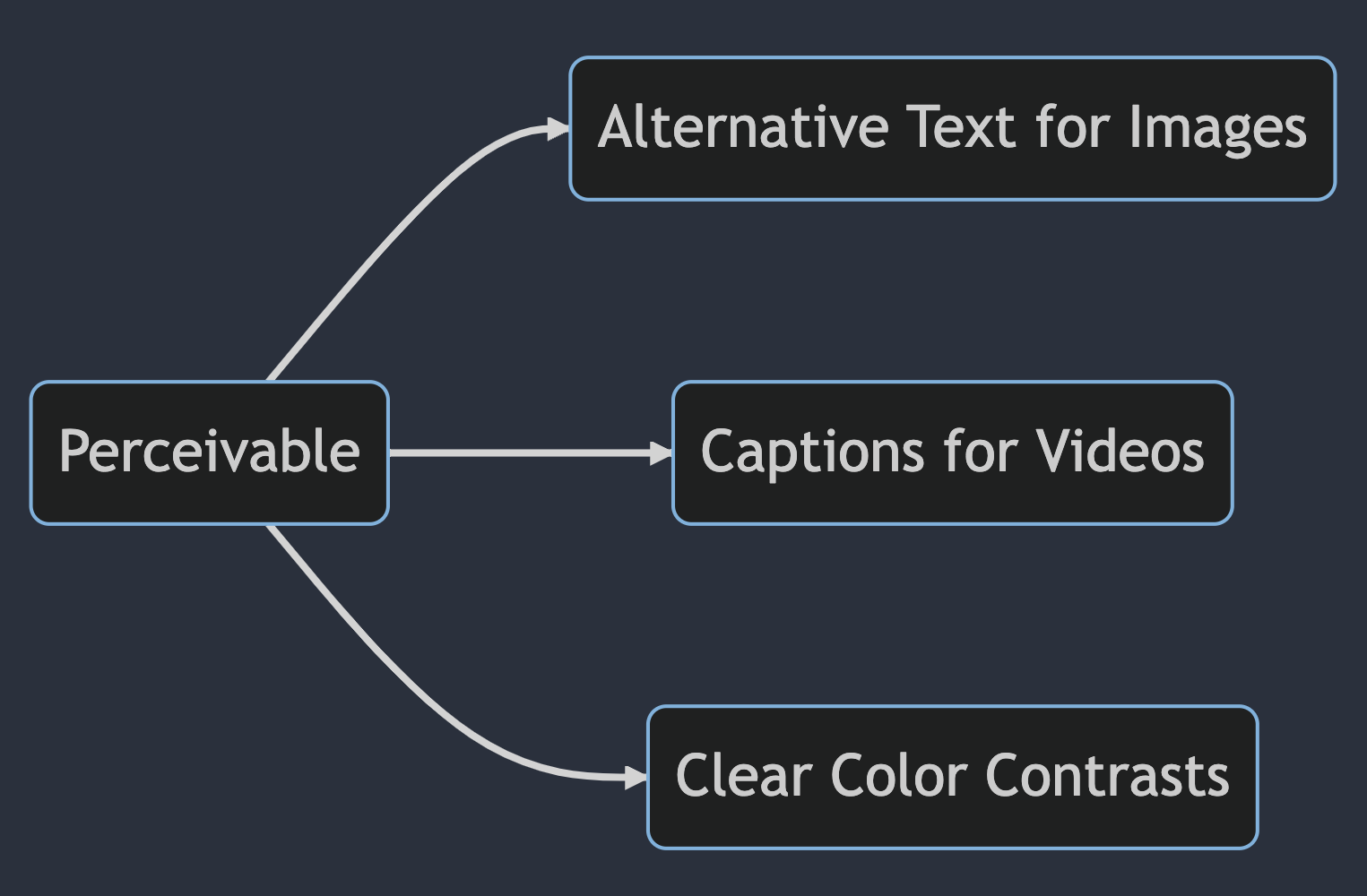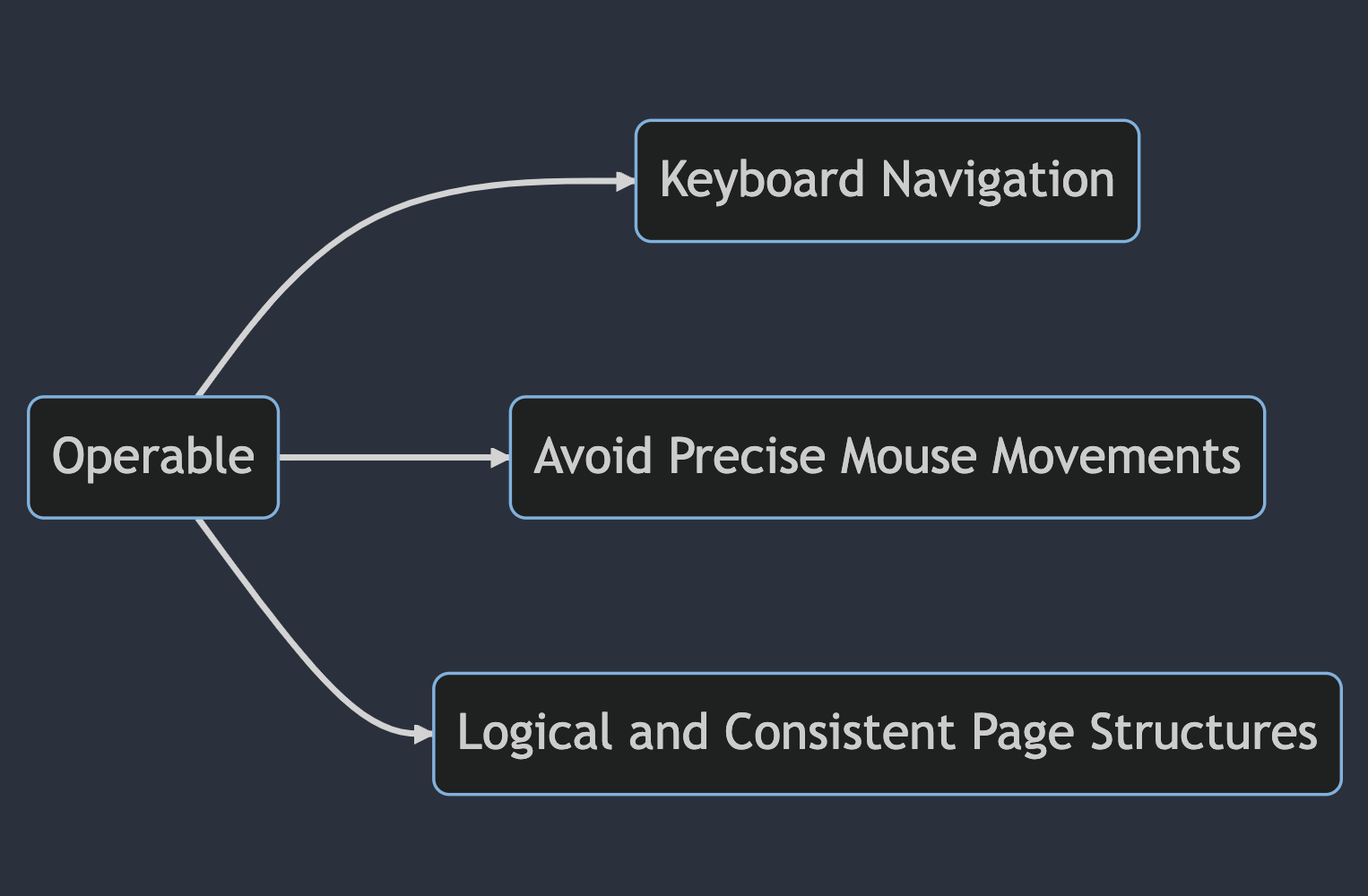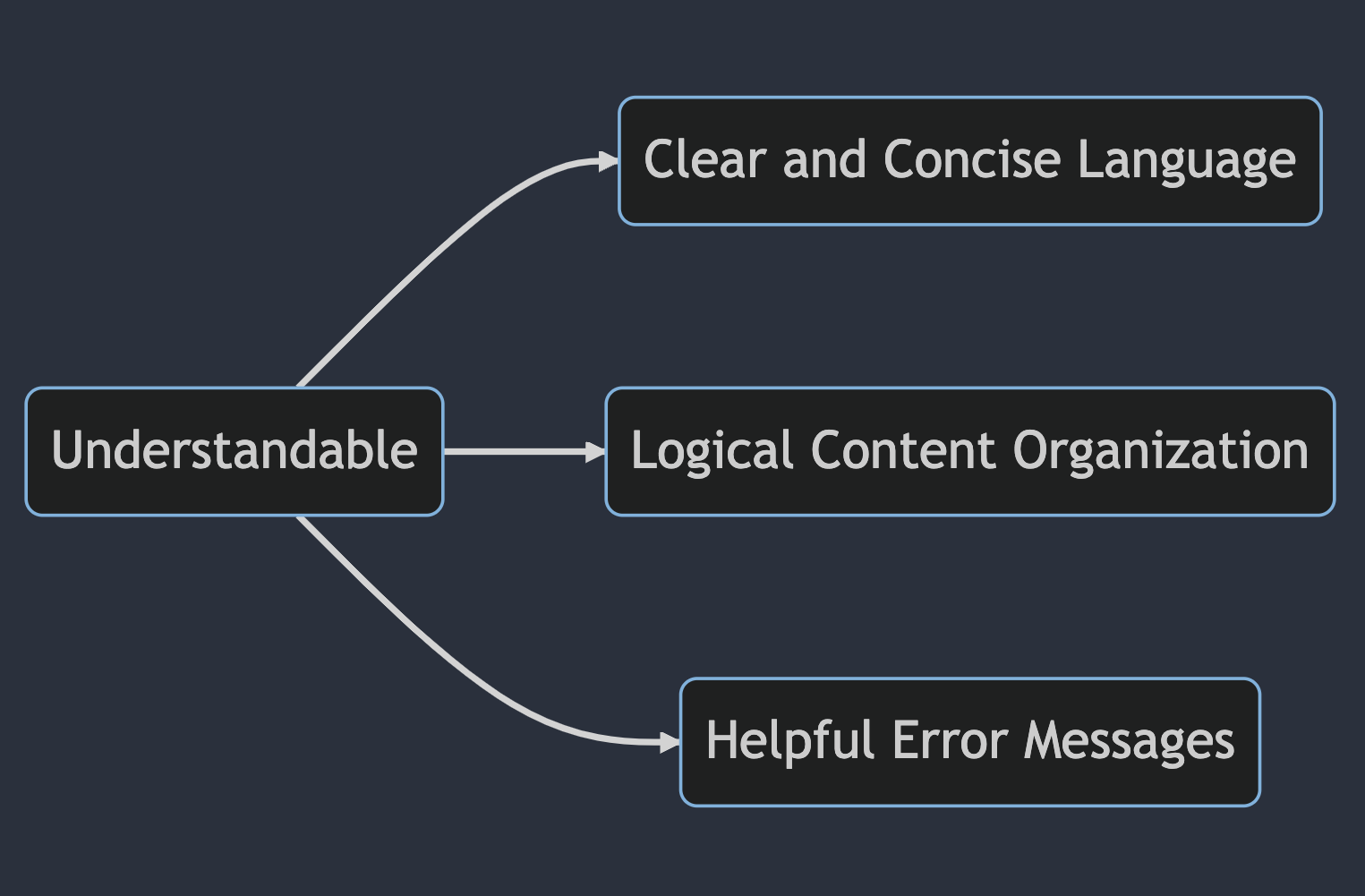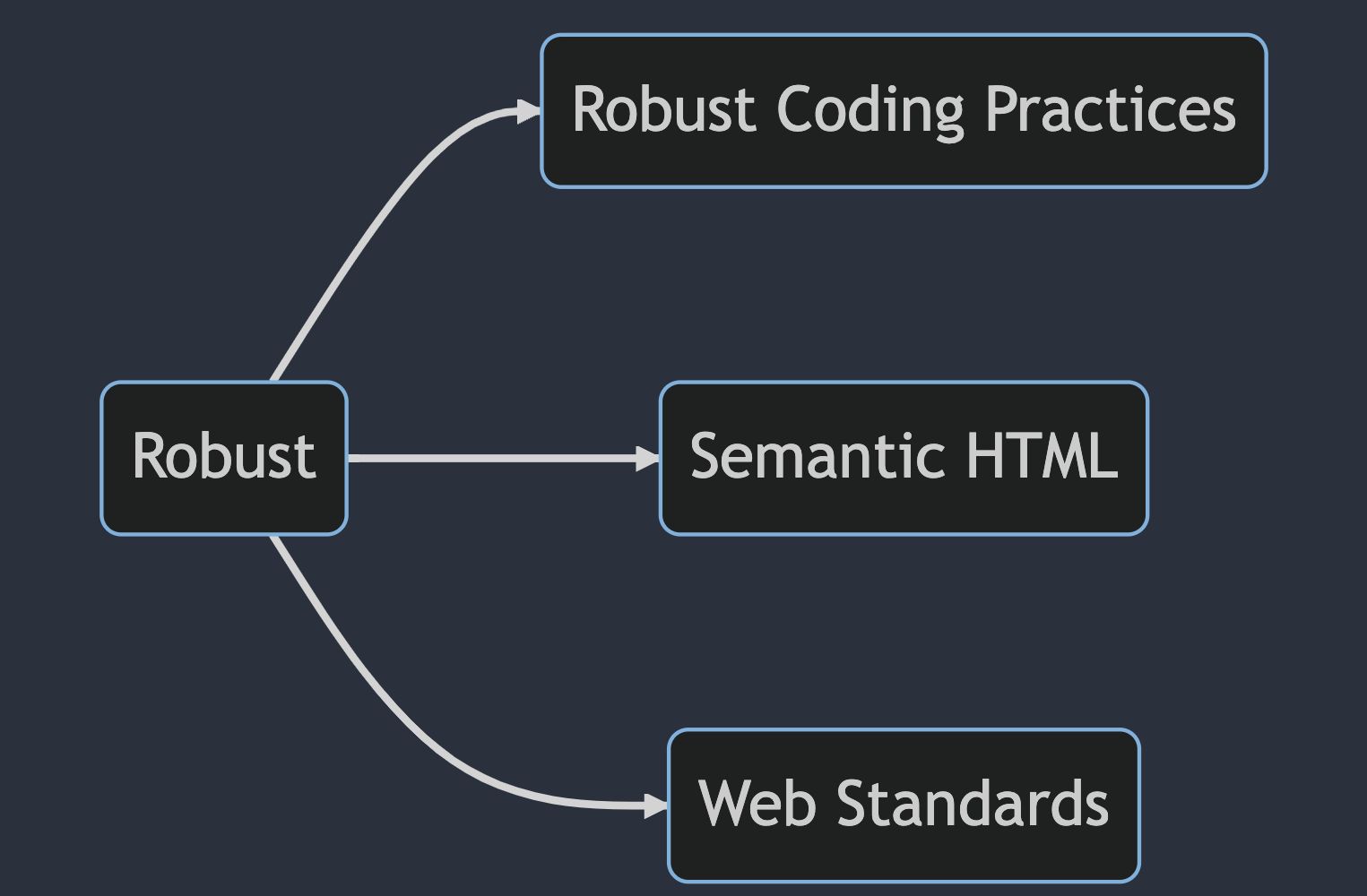1. Enhanced User Experience
Inclusive website design places the user at the center of the design process, resulting in a seamless and enjoyable experience for all visitors. By prioritizing accessibility features such as intuitive navigation, readable content, and adaptable layouts, we ensure that every user can interact with our clients' websites effortlessly. This inclusivity fosters a positive user experience, increasing engagement, longer visit durations, and higher conversion rates.
2. Expanded Reach and Market Share
By implementing inclusive design principles, businesses can tap into previously untapped markets and expand their reach. Inclusive websites cater to a broader audience, including individuals with disabilities, older adults, non-native English speakers, and those using assistive technologies. By embracing diversity and inclusivity, businesses can connect with new users, increase brand loyalty, and gain a competitive edge in the market.
3. Compliance with Accessibility Standards
Inclusive website design goes hand in hand with accessibility standards, such as the Web Content Accessibility Guidelines (WCAG). These guidelines provide a framework for creating accessible web content, ensuring that websites are usable by individuals with disabilities. By adhering to these standards, businesses improve user experience and demonstrate their commitment to inclusivity and social responsibility.






